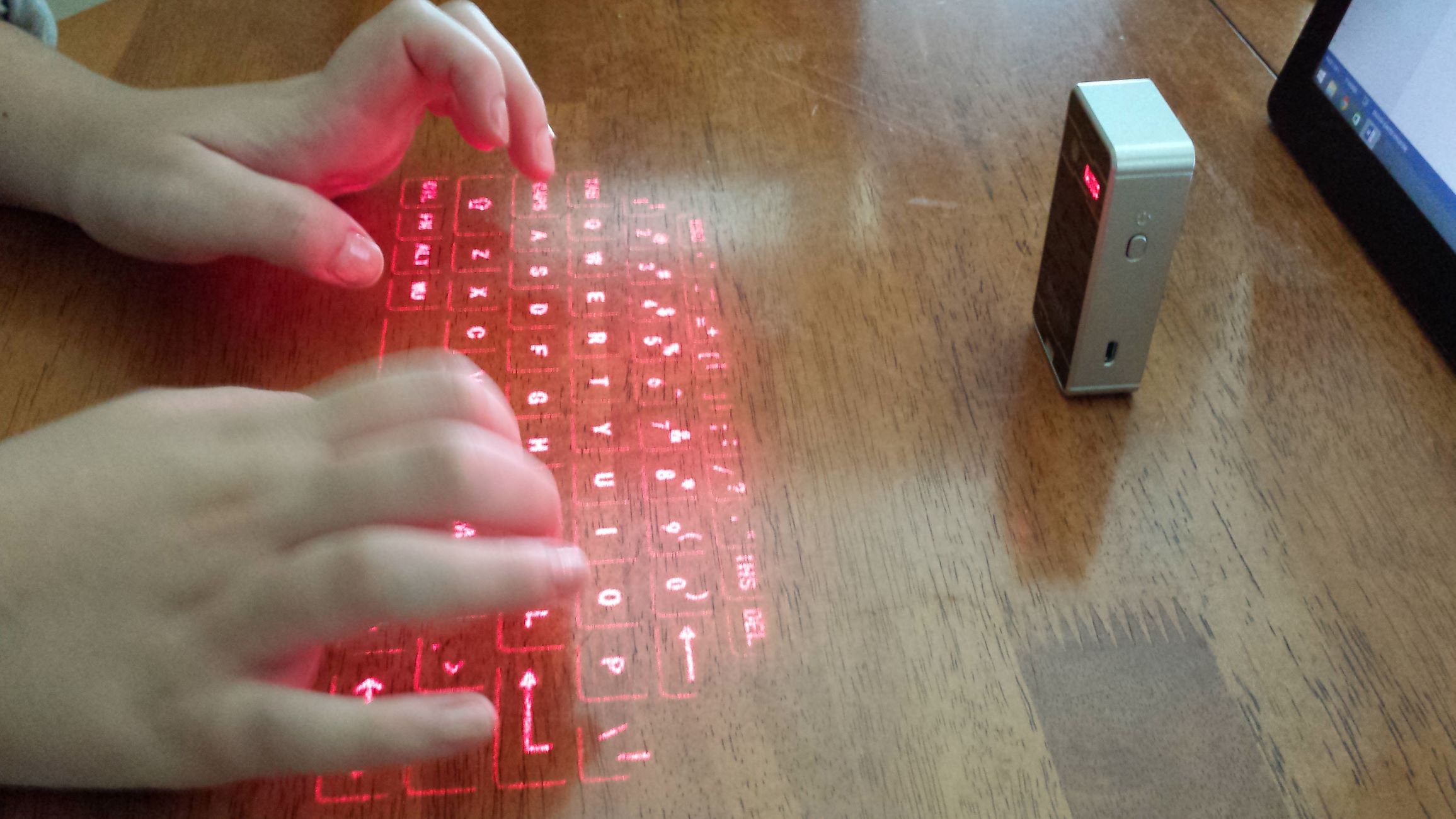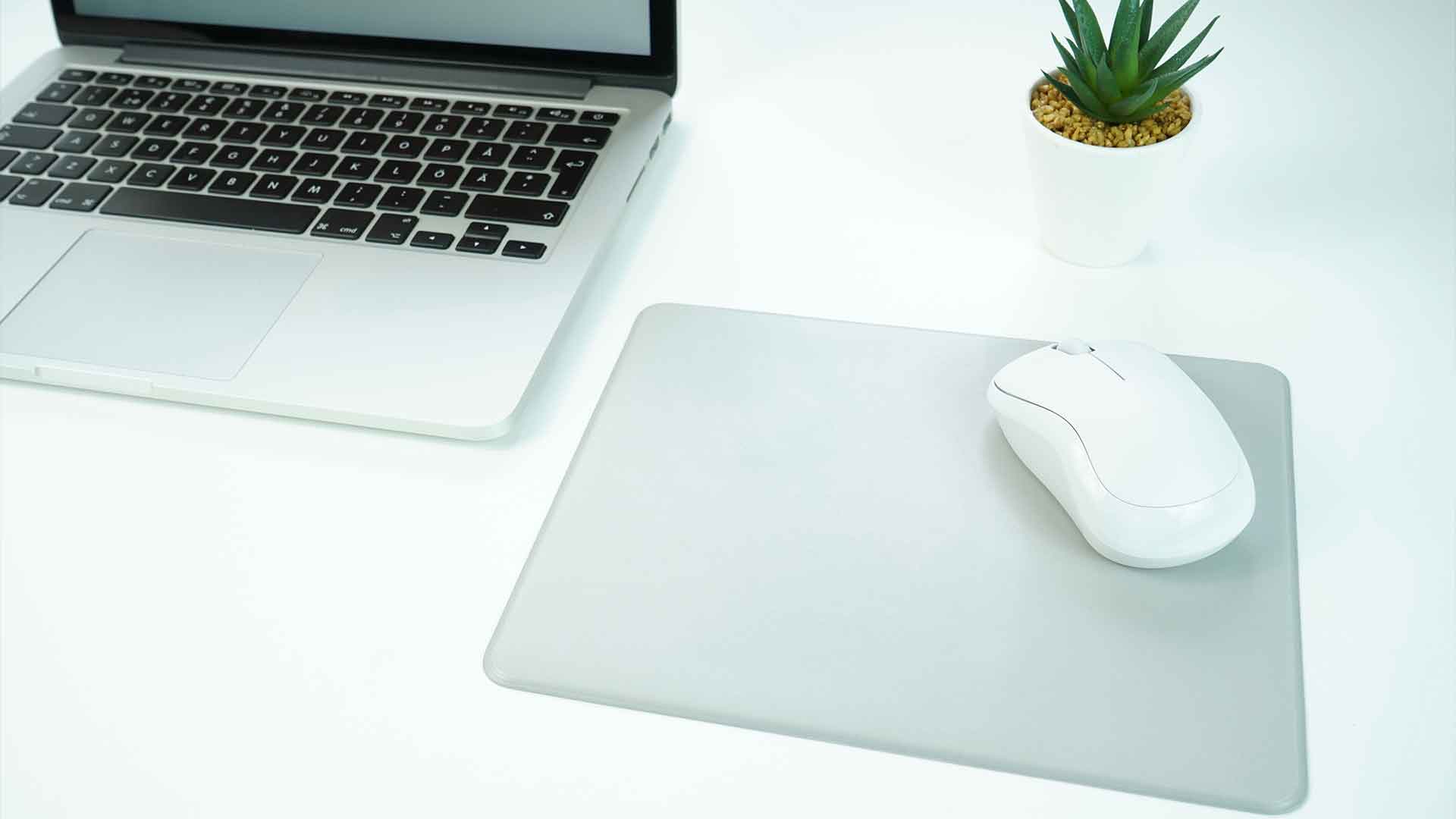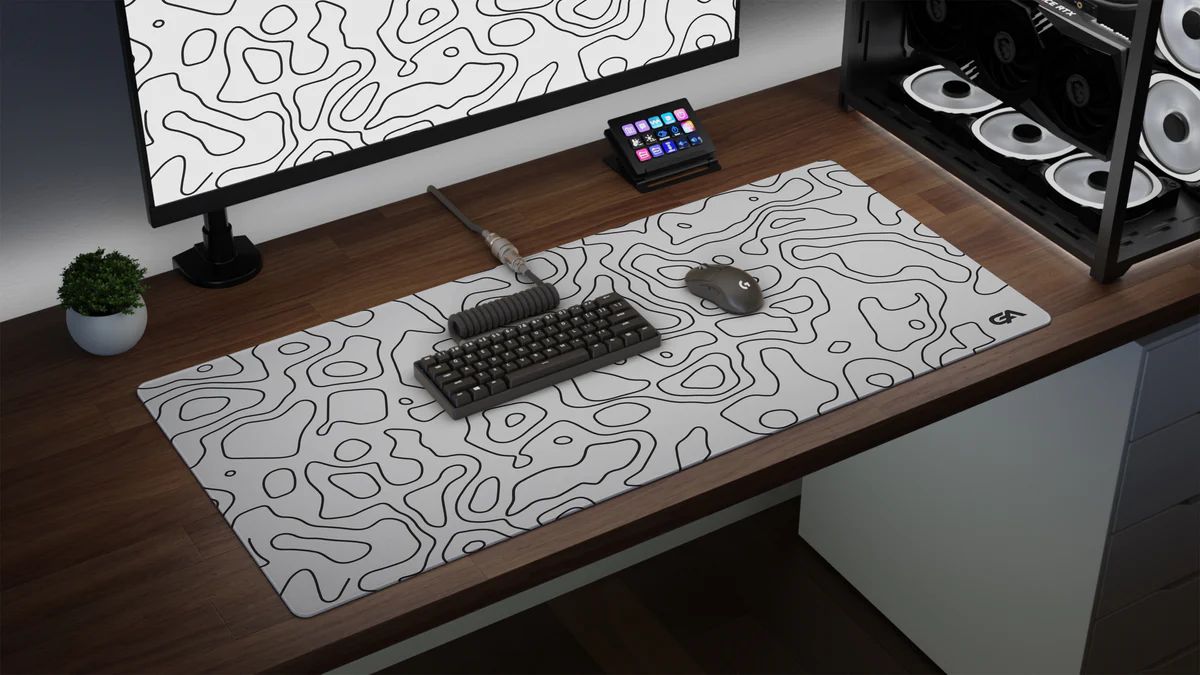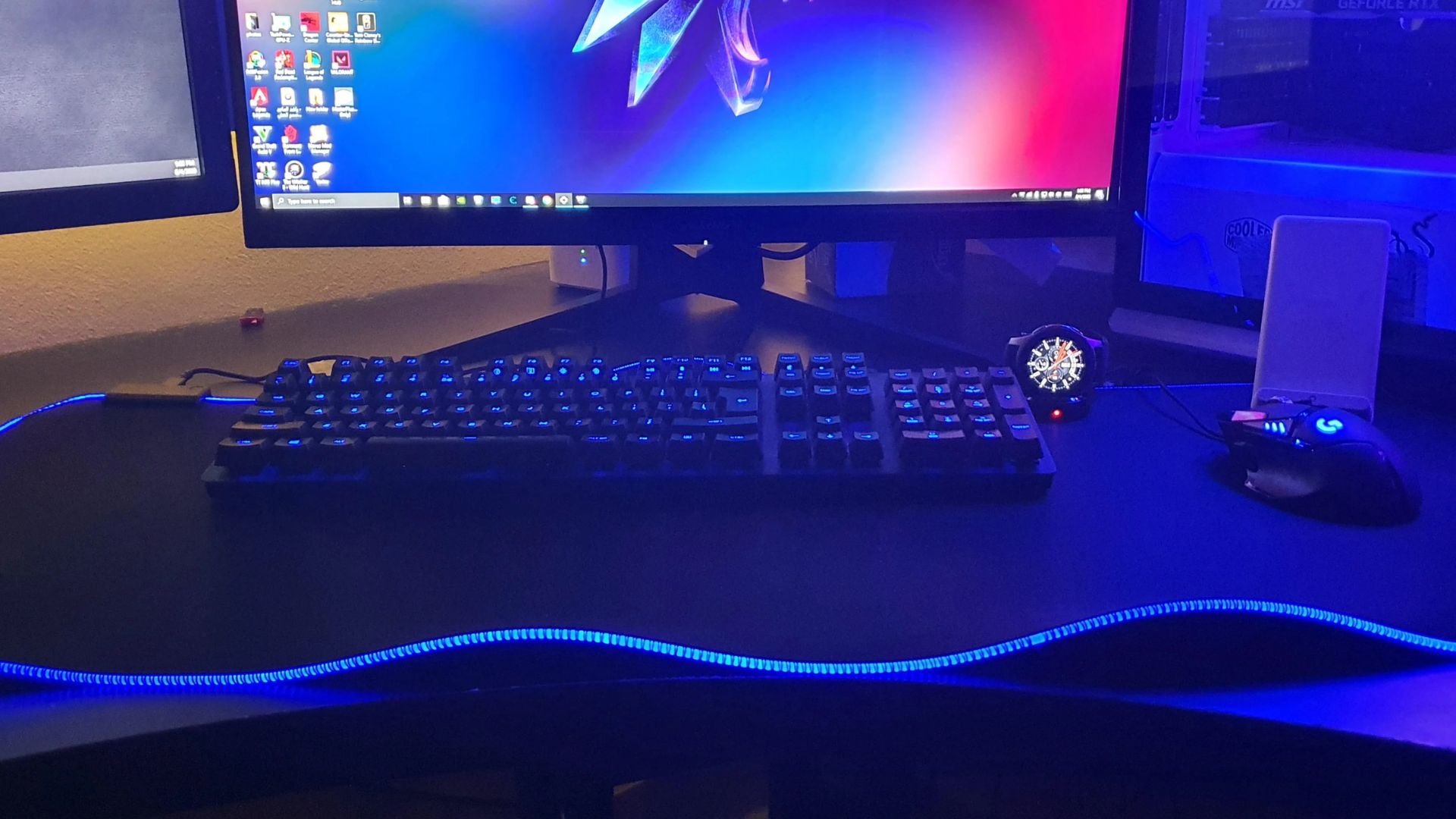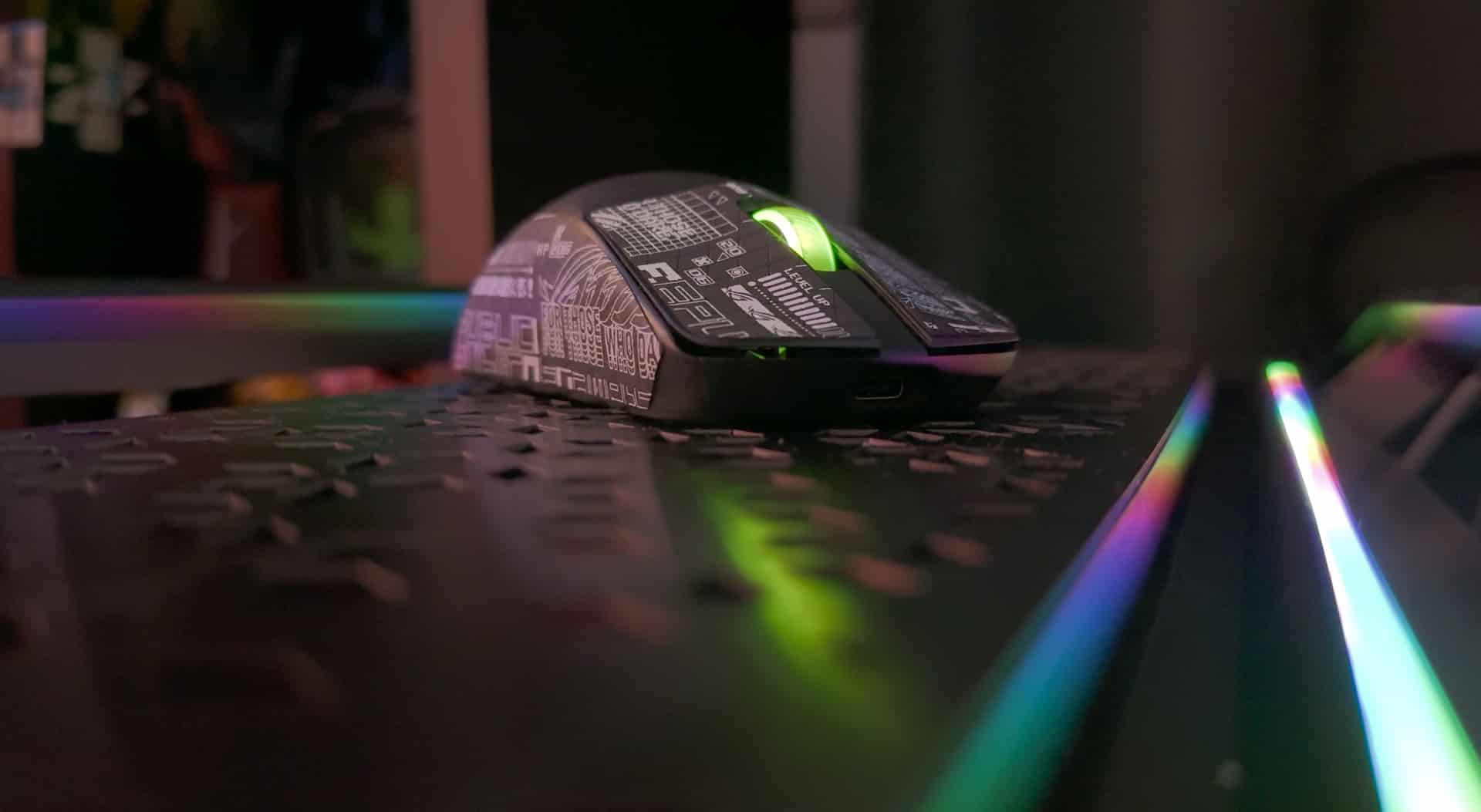Introduction
Understanding the Dilemma: Why Is My Mouse Pad Melting?
Imagine this scenario: You’re engrossed in an intense gaming session or diligently working on an important project, and suddenly, you notice an unsettling phenomenon—the surface of your trusty mouse pad is inexplicably melting. This puzzling occurrence can leave you baffled and frustrated, prompting a flurry of questions and concerns. What could be causing this surreal event? Is it a common issue, or are you facing an isolated predicament? How can you prevent this from happening in the future?
These queries often plague individuals who encounter the perplexing ordeal of a melting mouse pad. Whether you’re an avid gamer, a dedicated professional, or a casual computer user, the disconcerting sight of a deformed mouse pad can disrupt your workflow and diminish your overall experience. To unravel this enigma and address the root causes, it’s crucial to delve into the underlying factors that contribute to the melting of mouse pads.
By gaining insight into the mechanisms at play and exploring effective preventive measures, you can safeguard your beloved mouse pad from succumbing to this peculiar fate. Join us as we embark on a journey to comprehend the perplexing phenomenon of melting mouse pads and equip ourselves with the knowledge needed to avert this disconcerting predicament.
What Causes a Mouse Pad to Melt
Understanding the root causes of a melting mouse pad is essential to address this confounding issue effectively. Several factors can contribute to the deterioration and melting of a mouse pad, ranging from environmental conditions to the composition of the pad itself. Let’s explore the primary culprits behind this perplexing occurrence:
- Heat Exposure: Prolonged exposure to high temperatures, whether from direct sunlight, proximity to heat sources such as radiators or electronic devices, or a lack of adequate ventilation, can lead to the melting of mouse pads. The synthetic materials commonly used in mouse pad construction are susceptible to heat-induced deformation, making them particularly vulnerable in warm environments.
- Poor-Quality Materials: In some cases, the quality of the mouse pad itself can contribute to its susceptibility to melting. Inferior materials or manufacturing processes may render the pad more prone to deformation when subjected to heat, hastening the onset of melting.
- Friction and Pressure: Intense friction and pressure, often stemming from prolonged and vigorous use of a computer mouse, can generate heat that, when combined with external environmental warmth, exacerbates the melting process. This phenomenon is especially prevalent in mouse pads with a thin or low-quality surface layer.
- Chemical Reactions: Certain chemical compounds present in cleaning agents, adhesives, or other substances that come into contact with the mouse pad can react with its surface, causing degradation and, in extreme cases, melting. It’s imperative to exercise caution when using cleaning products near the mouse pad to prevent inadvertent damage.
These factors collectively contribute to the gradual deterioration and, ultimately, the melting of mouse pads, posing a significant challenge for individuals seeking to maintain the integrity of their computing accessories. By recognizing these underlying causes, you can take proactive measures to mitigate the risk of your mouse pad succumbing to this disconcerting fate.
Effects of a Melting Mouse Pad
The ramifications of a melting mouse pad extend beyond mere aesthetic concerns, permeating various aspects of user experience and functionality. Understanding the effects of this phenomenon is paramount in comprehending its impact and devising strategies to mitigate its consequences. Let’s delve into the multifaceted effects of a melting mouse pad:
- Impaired Mouse Tracking: As the surface of the mouse pad deforms and melts, the precision and fluidity of mouse tracking are compromised. This can impede the seamless navigation of the cursor, leading to frustration and diminished productivity for users, particularly in tasks requiring intricate mouse movements.
- Elevated Friction and Discomfort: Melting can alter the texture and smoothness of the mouse pad’s surface, resulting in increased friction and discomfort during mouse operation. This can lead to hand fatigue and detract from the overall user experience, especially during extended computing sessions.
- Deterioration of Aesthetic Appeal: The visual degradation caused by a melting mouse pad can detract from the aesthetic appeal of the workspace or gaming setup, diminishing the overall ambiance and cohesiveness of the environment.
- Potential Damage to Equipment: In extreme cases, melted residues from the mouse pad may adhere to the underside of the mouse, affecting its functionality and potentially causing damage. Furthermore, the melted material can transfer onto the underlying desk or surface, necessitating additional cleaning and maintenance.
- User Frustration and Discontent: The cumulative impact of these effects can lead to user dissatisfaction, frustration, and a diminished sense of comfort and control while using the computer. This can disrupt workflow, impede gaming performance, and erode the overall user experience.
By recognizing the far-reaching effects of a melting mouse pad, users can proactively address this issue, safeguarding their equipment, optimizing comfort, and preserving the integrity of their computing environments. Mitigating these effects through preventive measures and informed decision-making is pivotal in maintaining a seamless and gratifying user experience.
How to Prevent a Mouse Pad from Melting
Preventing the melting of a mouse pad involves a combination of proactive measures, mindful usage, and strategic environmental considerations. By implementing the following preventive strategies, users can safeguard their mouse pads from the perils of heat-induced deformation and deterioration:
- Opt for High-Quality Materials: Selecting a mouse pad crafted from high-quality, heat-resistant materials can significantly reduce the susceptibility to melting. Look for pads constructed from durable, heat-tolerant fabrics or synthetic compounds designed to withstand elevated temperatures without deforming.
- Strategic Placement: Positioning the mouse pad away from direct sunlight, heat sources, and electronic devices that emit warmth can mitigate the risk of heat-induced melting. Optimal ventilation and a cool, shaded location can contribute to preserving the integrity of the pad’s surface.
- Regular Maintenance: Cleaning the mouse pad with mild, non-reactive solutions and avoiding harsh chemicals can prevent chemical-induced degradation and maintain the pad’s structural integrity. Gentle cleaning practices, such as wiping with a damp cloth, can remove debris and prevent the accumulation of substances that may contribute to melting.
- Invest in a Cooling Pad: Utilizing a cooling pad or mat beneath the mouse pad can dissipate heat and regulate the temperature of the work surface, minimizing the risk of heat-induced deformation. This can be particularly beneficial in warm environments or during extended computing sessions.
- Utilize Protective Covers: Employing protective covers or desk pads made from heat-resistant materials can create an additional barrier against heat transfer, shielding the mouse pad from external warmth and reducing the likelihood of melting.
By integrating these preventive measures into their computing environments, users can fortify their mouse pads against the detrimental effects of melting, ensuring prolonged durability, optimal functionality, and an enhanced user experience. Proactive maintenance and informed choices regarding materials and environmental factors are instrumental in mitigating the risk of melting and preserving the integrity of this essential computing accessory.
Conclusion
As we conclude our exploration of the perplexing phenomenon of melting mouse pads, it becomes evident that this issue encompasses a myriad of factors, effects, and preventive measures. The melting of a mouse pad, often stemming from heat exposure, poor-quality materials, and friction, can exert a substantial impact on user experience, equipment functionality, and overall comfort.
By comprehending the underlying causes of melting, users can proactively address this predicament through informed decision-making, strategic environmental considerations, and the adoption of high-quality, heat-resistant materials. Furthermore, the multifaceted effects of a melting mouse pad underscore the significance of preserving the integrity and functionality of this essential computing accessory, emphasizing the need for preventive measures and vigilant maintenance practices.
It is imperative for users to recognize the pivotal role of environmental factors, material quality, and maintenance in safeguarding their mouse pads from the perils of melting. By implementing preventive strategies such as strategic placement, regular maintenance, and the utilization of protective covers, users can mitigate the risk of heat-induced deformation and preserve the integrity of their mouse pads, ensuring an optimal and gratifying computing experience.
As we navigate the realm of computing accessories, let us remain mindful of the diverse challenges and solutions that contribute to a seamless and comfortable user experience. By arming ourselves with knowledge and proactive measures, we can fortify our computing environments against the enigmatic threat of melting mouse pads, ensuring prolonged durability, enhanced functionality, and unwavering comfort in our daily endeavors.









